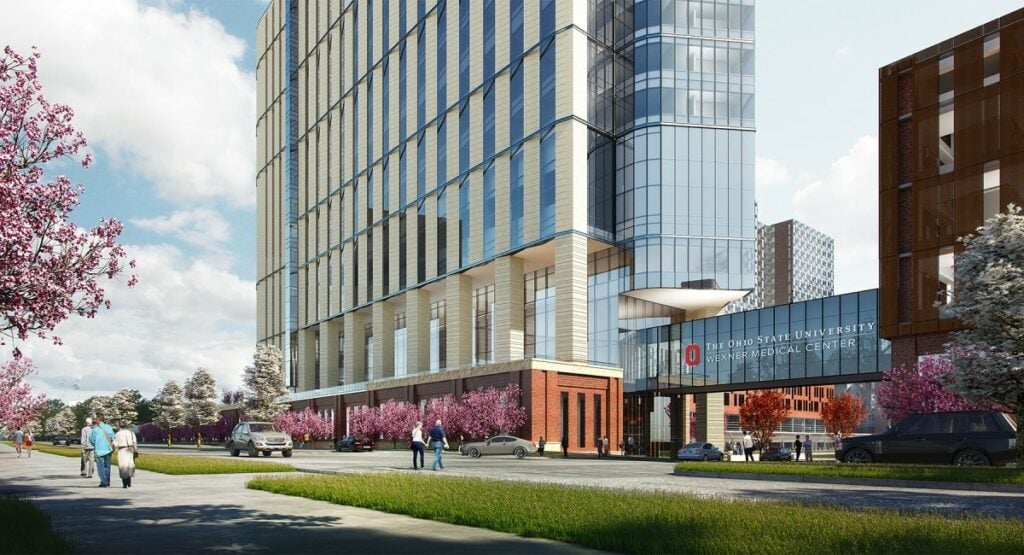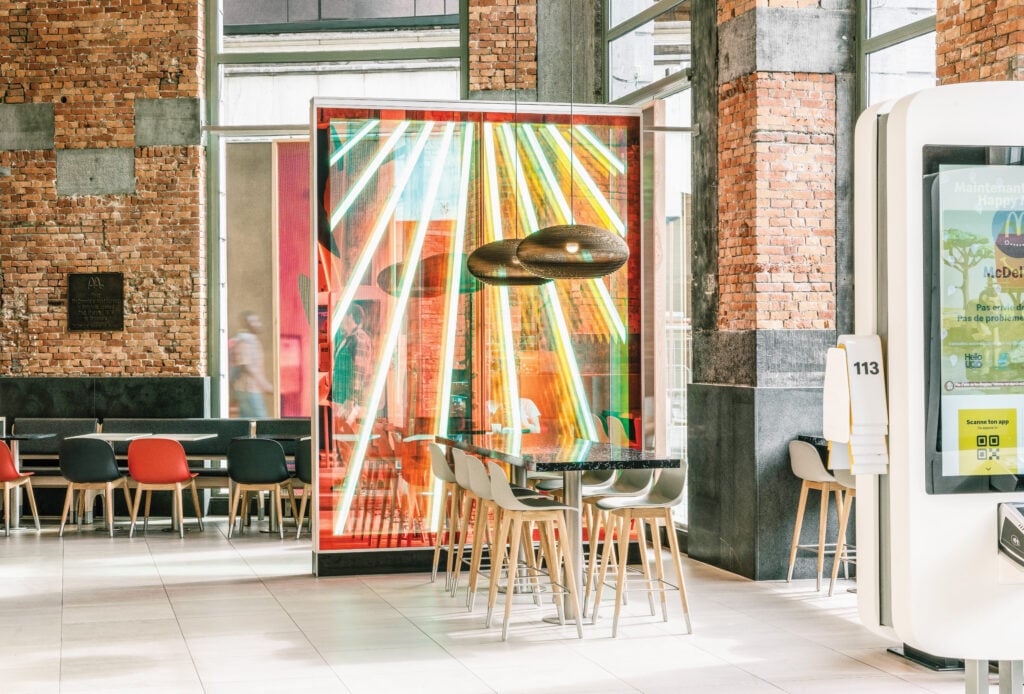
October 6, 2021
Designing a Healthier Building
“Regenerative design is all about restoring and reusing.”
Avideh Haghighi, associate principal, ZGF
The speaker ended on a positive note, touting “equity and environmental justice” as gaining ground, especially with new leadership in Washington.
On that note, Avideh Haghighi, associate principal, ZGF, explained how design can be a tool to restore some of the damage done by toxic materials.
“Regenerative design is all about restoring and reusing,” she began. “You have to incentivize owners to reuse materials. We need to take stock of materials in our existing buildings. Do you know exactly where the products came from?” She added a poetic touch: “Instead of the negative term ‘carbon footprint,’ I prefer ‘handprint.’ It’s more positive.”
“Yes, I love that,” Rajagopal chimed in. “We want products that not only reduce harm but that positively impact the user experience. We can’t afford to perpetuate negative building practices.”
Another architect, Eileen Gohr, senior sustainable analyst, HDR, said her firm is staying on top of the dizzying array of product changes and effects: “Our master specs are constantly being upgraded and reviewed. Once a product is commercially available and proven sustainable, we can incorporate it. That way we are lifting all boats.”

Rachel Berkin, sustainability program manager, Mecho, a mechanical shading company, pointed to a study of a Baltimore school that looked at stress and learning outcomes. “Natural light improved both,” she said. She touted her company’s transparency: “If you have a question about what’s in our products, ask us. We’re an open book. We’re constantly reducing harmful chemicals.” On a similar note, Susan Rhoades, vice president, marketing, Armstrong Ceilings and Walls, said her firm “focusses on indoor air quality, biophilic design and thermal comfort. We go way beyond not off gassing.”
Rajagopal summed it up by saying, “We in the industry can all make a difference. We have way more power as professionals than we do as individuals.”
Would you like to comment on this article? Send your thoughts to: [email protected]
Latest
Products
How the Furniture Industry is Stepping Up on Circularity
Responding to new studies on the environmental impact of furniture, manufacturers, dealers, and start-ups are accelerating their carbon and circularity initiatives.
Viewpoints
The 2024 Net Zero Conference Highlights the Importance of Collective Action
Last month, leading climate experts convened at the Anaheim Convention Center to reenvision the built environment for a net zero future.
Projects
McDonald’s Reimagines its Interiors through Radical Circular Design
A pilot program launching in McDonald’s France and Belgium aims to create sustainable interior renovations for the global fast-food brand





